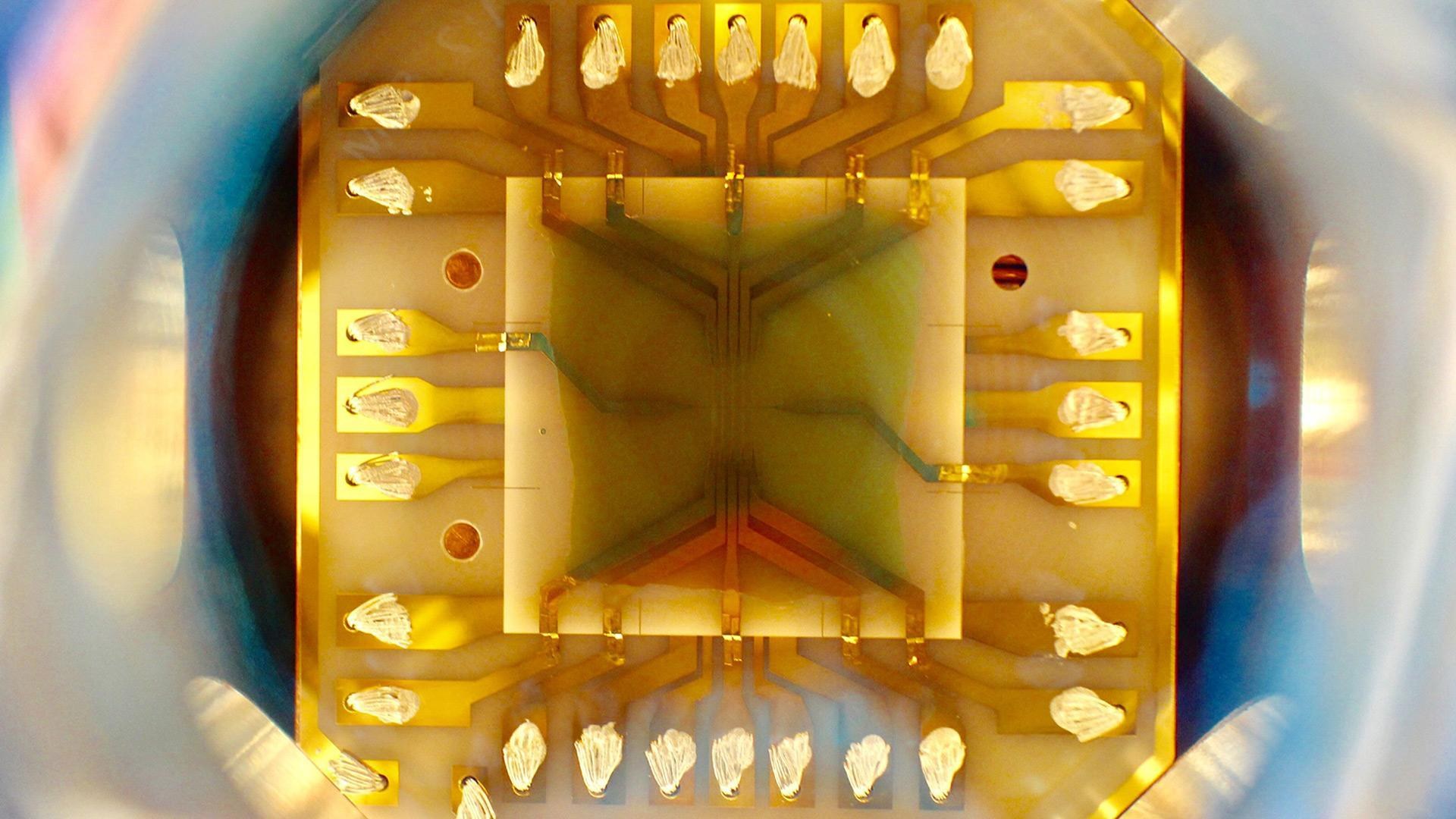The atom chip of the MAIUS apparatus
The atom chip of the MAIUS apparatus
In January 2017, German scientists succeeded for the first time in creating a Bose-Einstein condensate in space with the MAIUS 1 experiment (matter wave interferometry in zero gravity).

